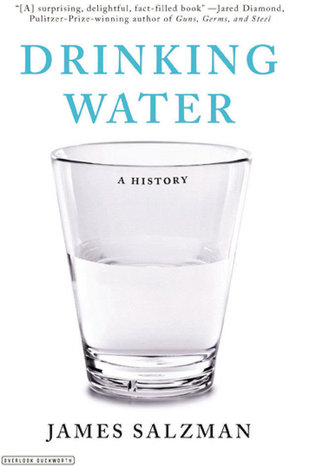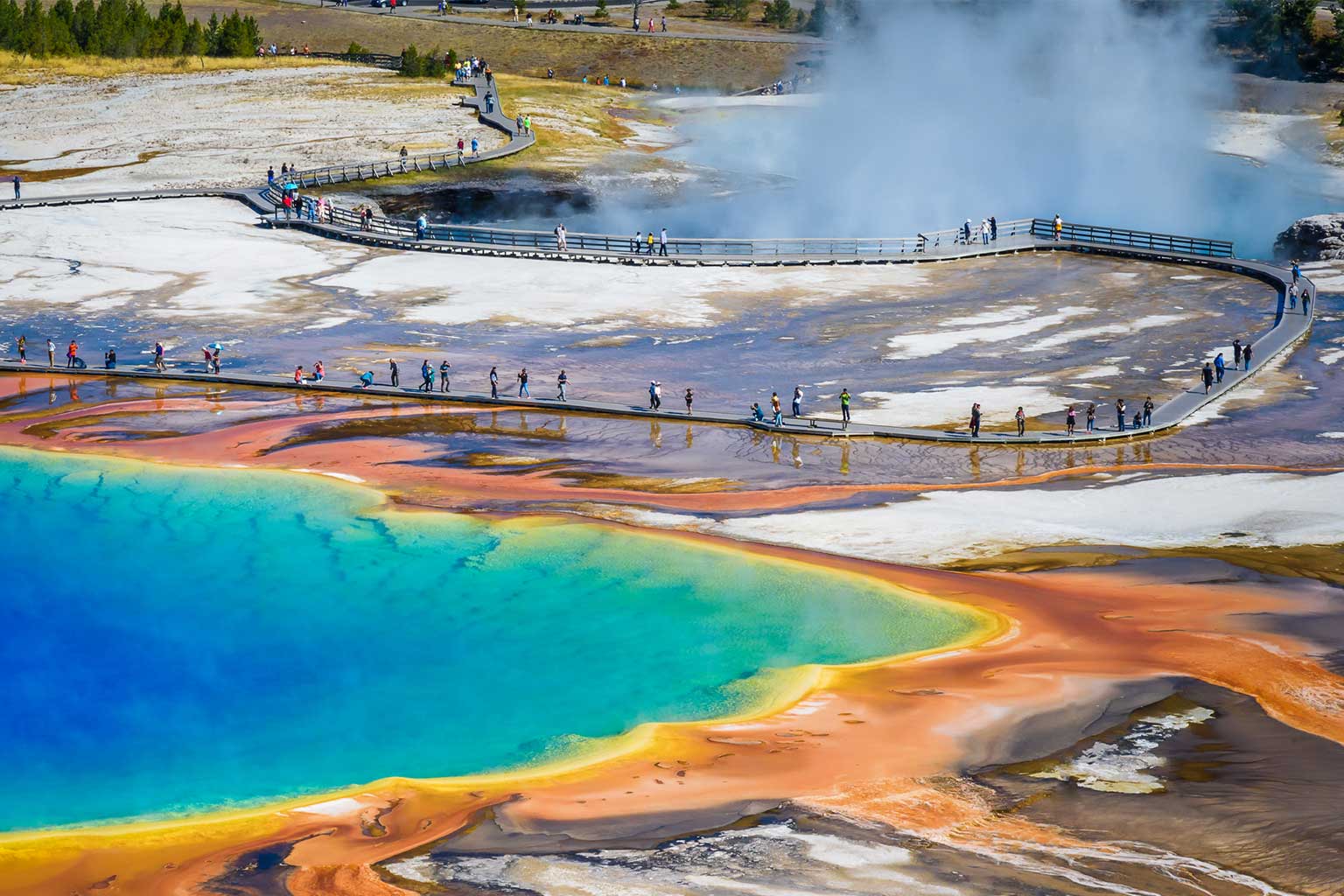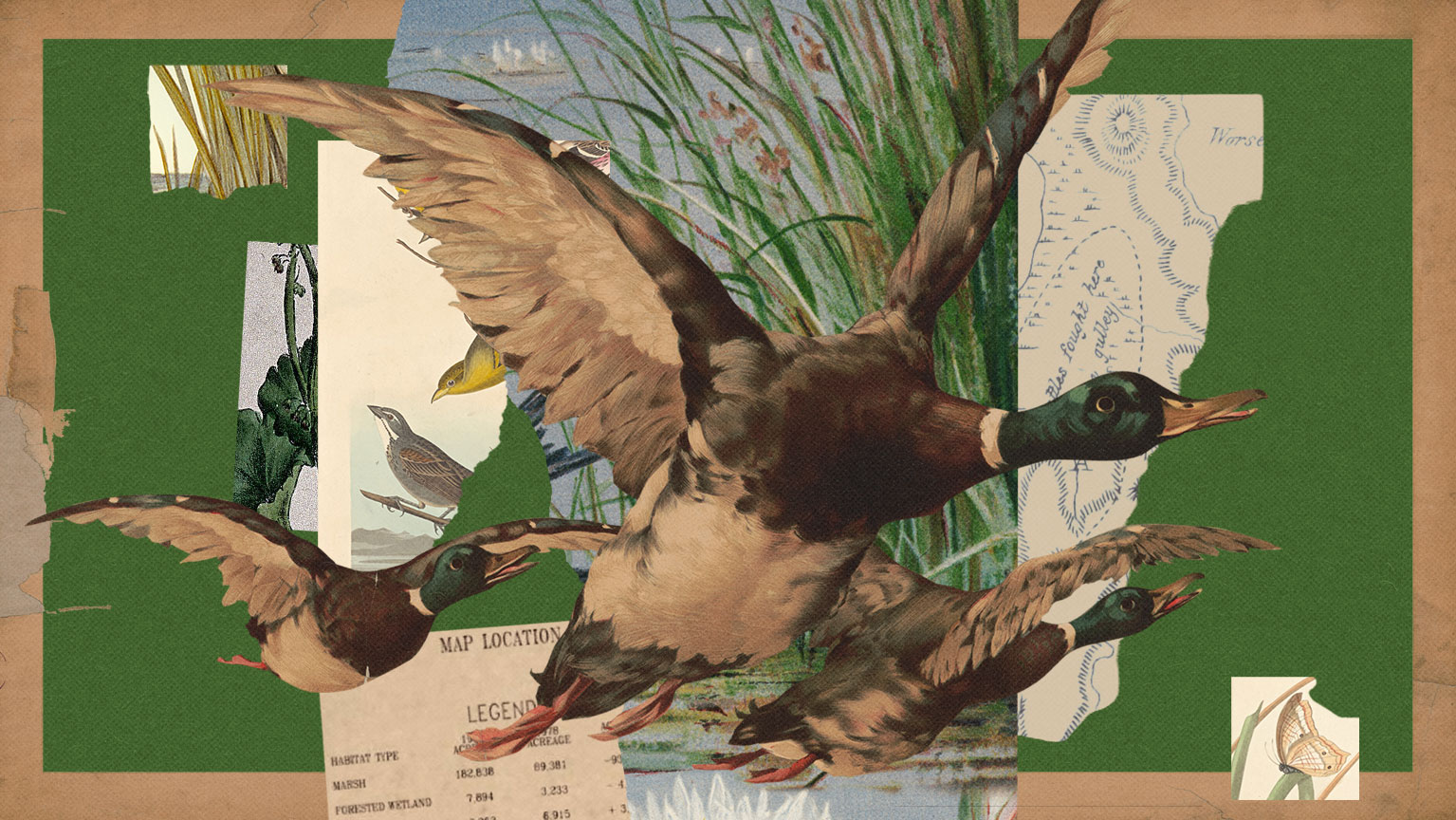
Many readers have probably sampled Fiji water, a premium brand, but how many have tried Yale University water? You can, because like a number of other elite schools, the New Haven-based Ivy has branded its own H2O. And how many know that Pepsi’s Aquafina and Coke’s Dasani do not originate in pristine springs, mountain or otherwise, but are nothing but filtered tap water?
These fascinating facts come from James Salzman’s splendid primer “Drinking Water: A History.”
The author, a professor at Duke who holds chairs in both the School of Law and the Nicholas School of the Environment, set out explicitly to write a book in the “commodity” genre made famous by Mark Kurlansky, whose bestsellers on cod and salt have made many a professor green with envy. Such envy is motivated not just by the astronomical sales numbers Kurlansky’s books routinely rack up, but by the journalist’s ability to skillfully use the seemingly quotidian –a commodity such as salt – as a prism through which broad audiences can gain important insights into the workings of the wider world.
Salzman successfully does the same with his study of drinking water. Drinking – here used as a verb – water, he points out early on, is one of the few human actions that is truly universal. We all need drinking water to survive, and, as a result, have – or at least should have – interest in and up-to-date knowledge about the place of drinking water in the order of things and the principal issues relating to this most precious resource.
An array of important concerns relating to drinking water are “treated” succinctly and well in Salzman’s book, which consists of eight lively chapters, along with an introduction and a brief afterword.
In fewer than 250 pages of text, the author discusses a wide range of questions relating to drinking water, including historical ones related to the ways various societies over space and time have attempted to supply it – he is particularly impressed with the water-engineering and delivery efforts of the ancient Romans – and ethical questions.(Is water a basic human right, a market commodity, or both?) Other important issues – water safety, the evolution of and controversies surrounding the bottled-water industry, water pricing and our options regarding future water security – are covered as well.
No matter the topic, Salzman is fair and balanced, never going for easy sound bites, bumper-sticker slogans, or the self-righteous tone too common among environmental activists. And his calm, rational approach is reassuring (the threat of catastrophic terrorist attacks on our water supplies, he writes, shouldn’t worry us unduly). Finally, “Drinking Water” is at once analytical – wonkish types will appreciate the sections on environmental law and policy options – and full of colorful characters and fascinating stories that bring complex policy questions and options to life.
Just under two years ago, I reviewed another excellent book with a hydrous theme: Charles Fishman’s “The Big Thirst.” Like Salzman, Fishman has close connections to the Triangle. What is it about the area that makes it the wellspring of such talented writers on related topics?
Must be something in the water.
Peter A. Coclanis is Albert R. Newsome Distinguished Professor of History and Director of the Global Research Institute at UNC-Chapel Hill.


